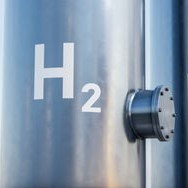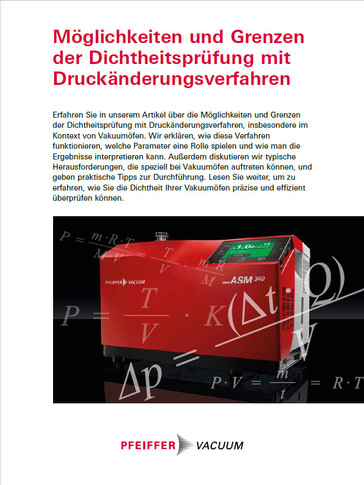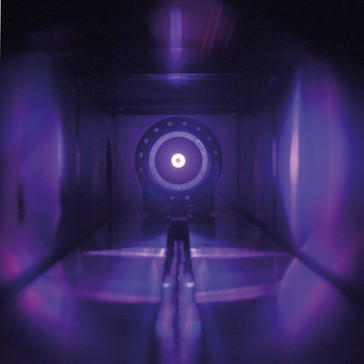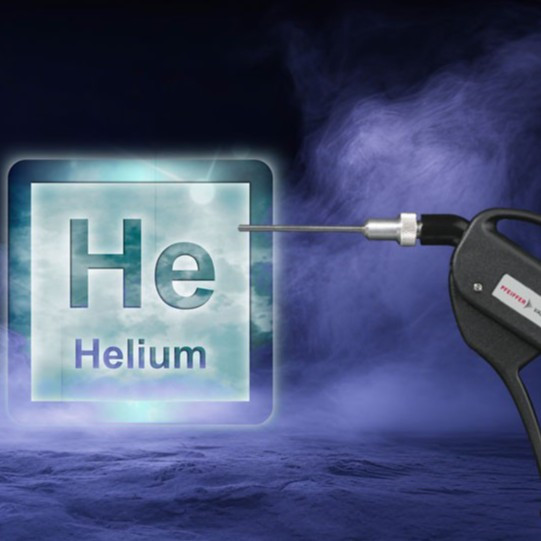
Leak Testing Made Easy
Detecting and repairing leaks is one of the many challenges you regularly face as a service technician. Since your time is valuable, we want to help you to make leak detection as efficient and simple as possible. Pfeiffer Vacuum is not just about technology, but a true partnership that saves you and your team valuable time.
The All-round Talent: The ASM 340
The ASM 340 universal leak detector is your efficient companion for vacuum and sniffer leak detection. It is suitable for a wide range of applications, from routine maintenance to mass production.
High performance
Accelerated leak detection thanks to high pumping speed.
Detection of large leaks
Detection of leaks from a pressure of 100 mbar.
User friendliness
Easy navigation through intuitive menus on a clear color touchscreen.
Selectable backing pump options optimize the ASM 340 for different applications:

Dry backing pump
Ideal for clean environments where contamination must be prevented.

Oil-lubricated backing pump
Provides robust, reliable performance for general applications.

External backing pump
Allows tailor-made solutions for specialized requirements.
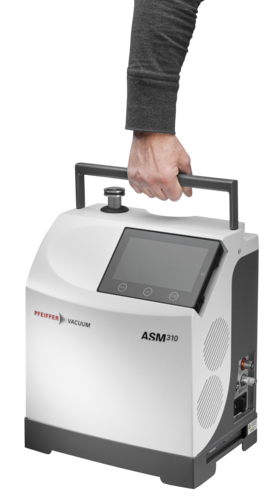
The Lightweight: The ASM 310
The ASM 310 won't turn your job into a strength workout, and it's perfect for on-the-go service applications. Why it should be in your tool kit:
Ultralight
Weighs only 21 kg and is easy to move.
Smart design
With retractable handle.
Flexible in use
Can be operated horizontally or vertically.
Request a demo unit
Have you ever seen one of our leak detectors in action? If not, then take this opportunity to find out how our technology can simplify your leak detection. Contact us for a personal demonstration and benefit from a no-obligation test.

"You can conveniently test a leak detector just like you would a car during a test drive - easy, convincing and with a real added value for our customers."
Patrick Lange
Pfeiffer Vacuum+Fab Solutions Key Account Manager

